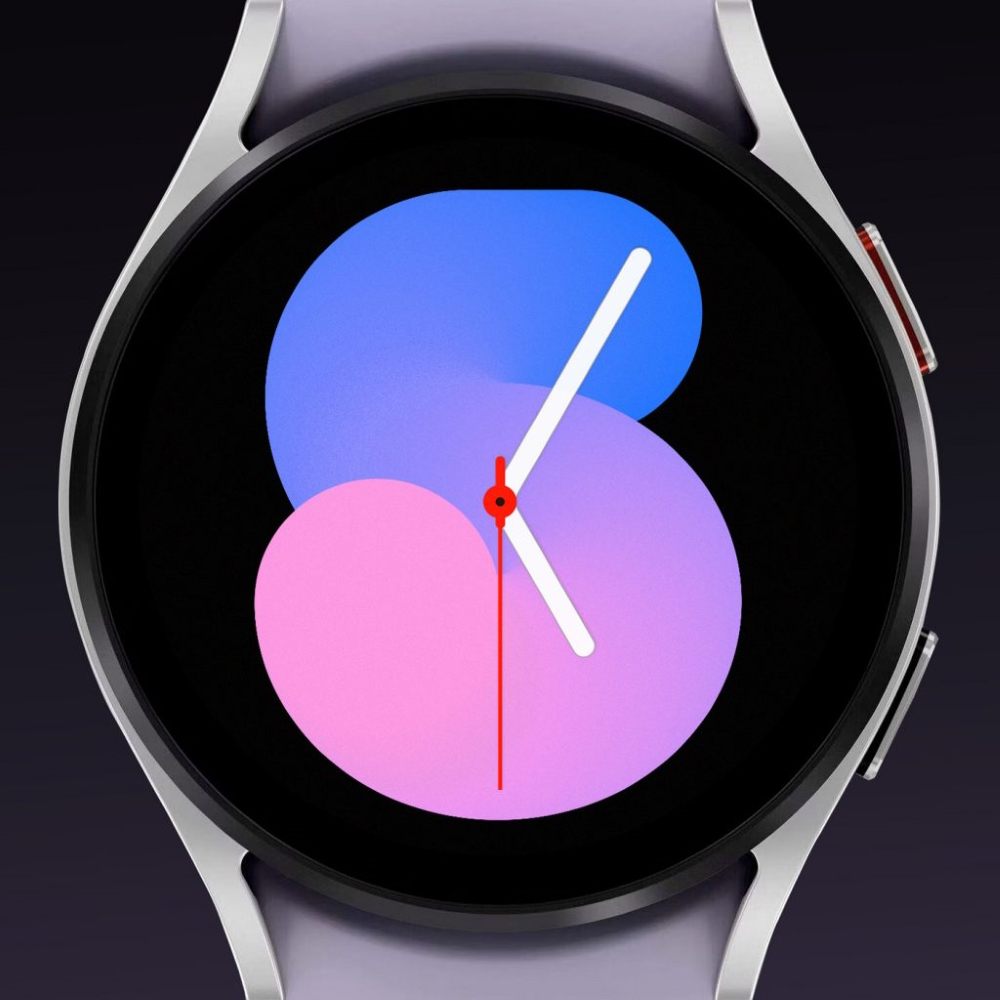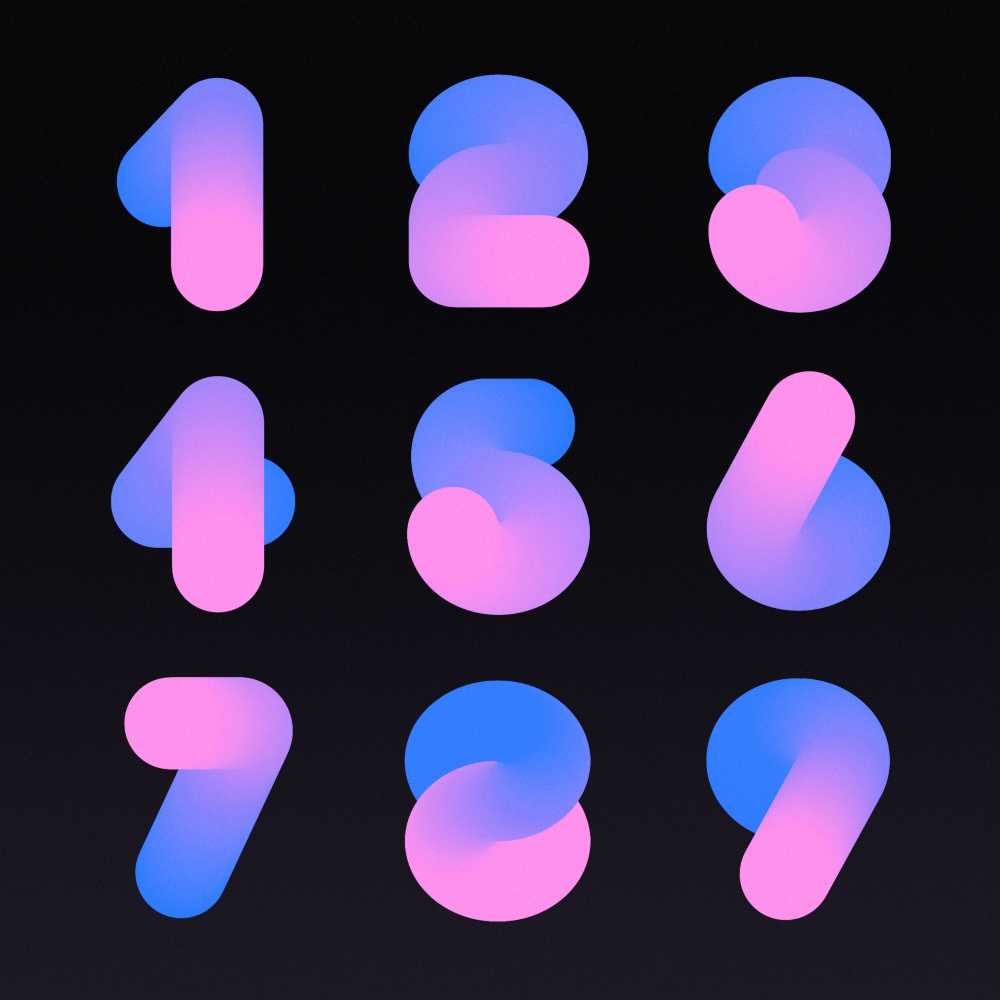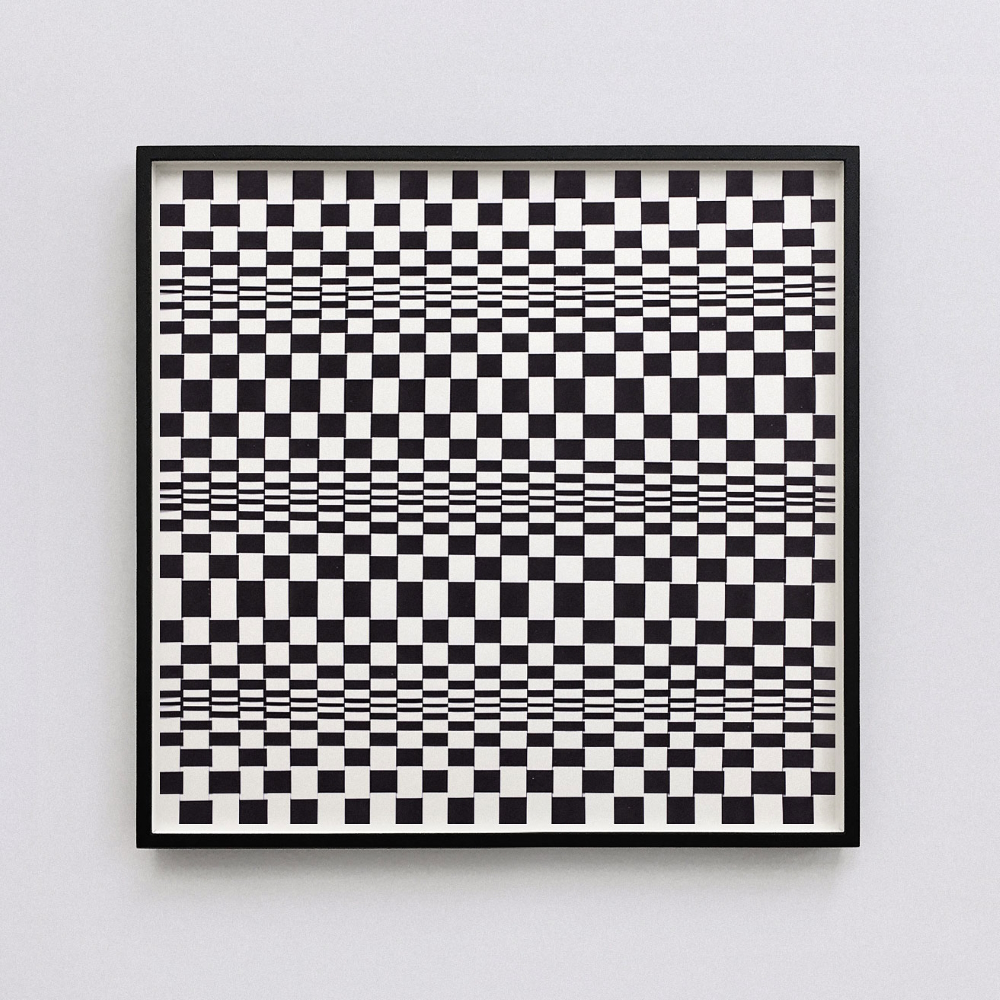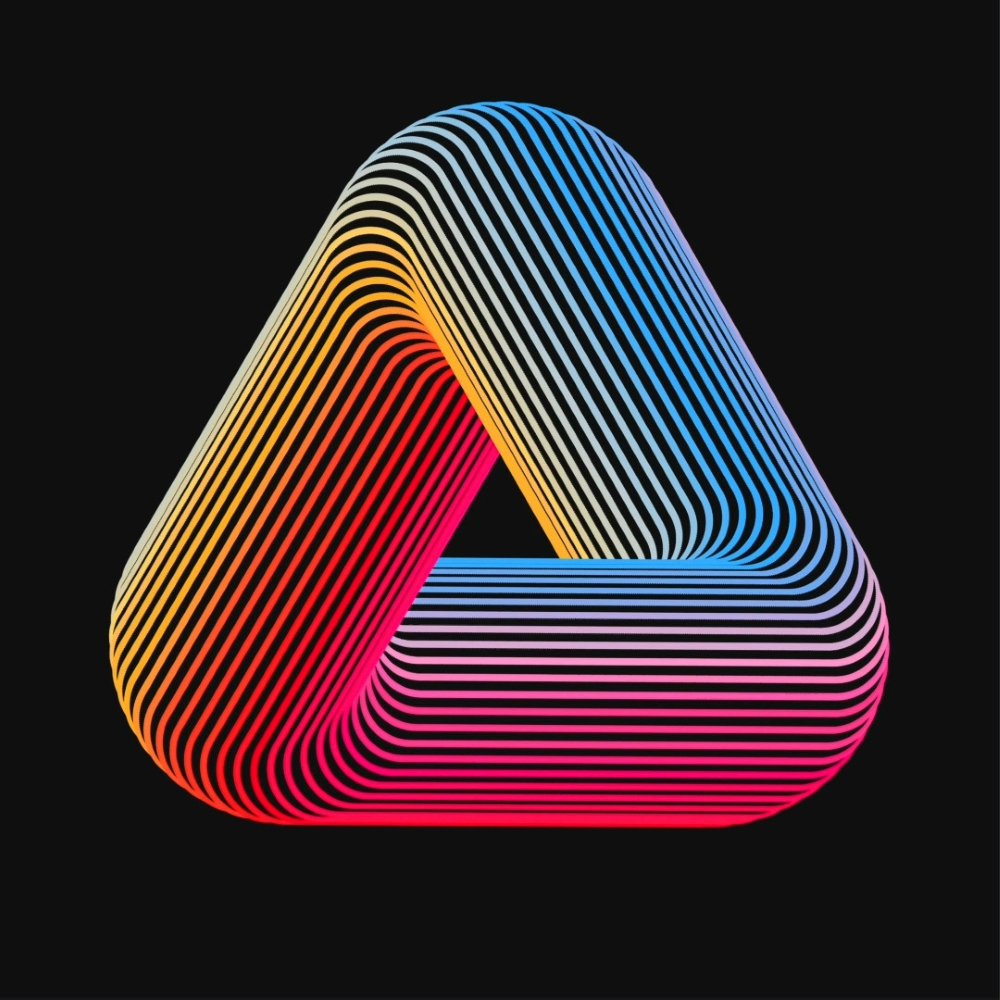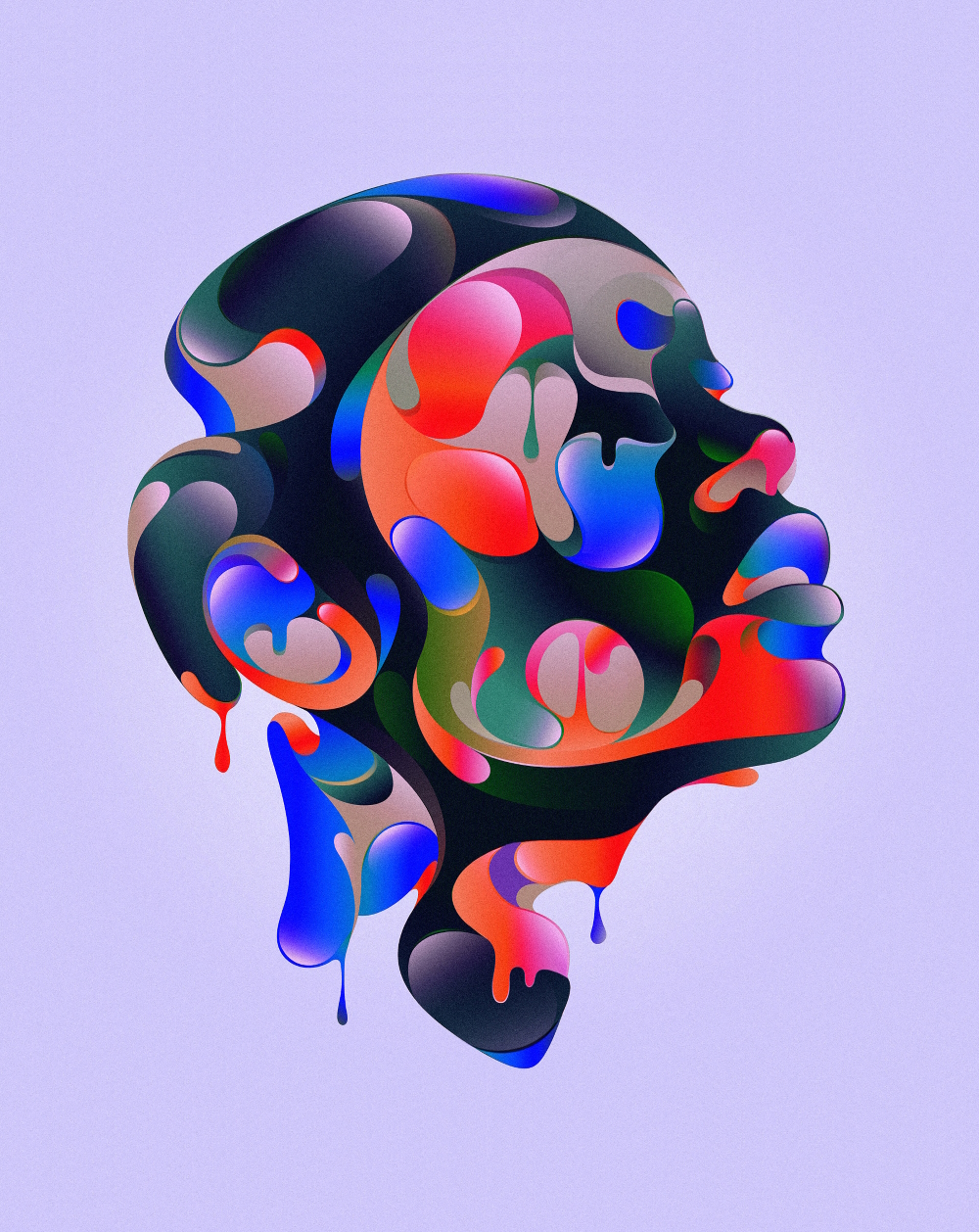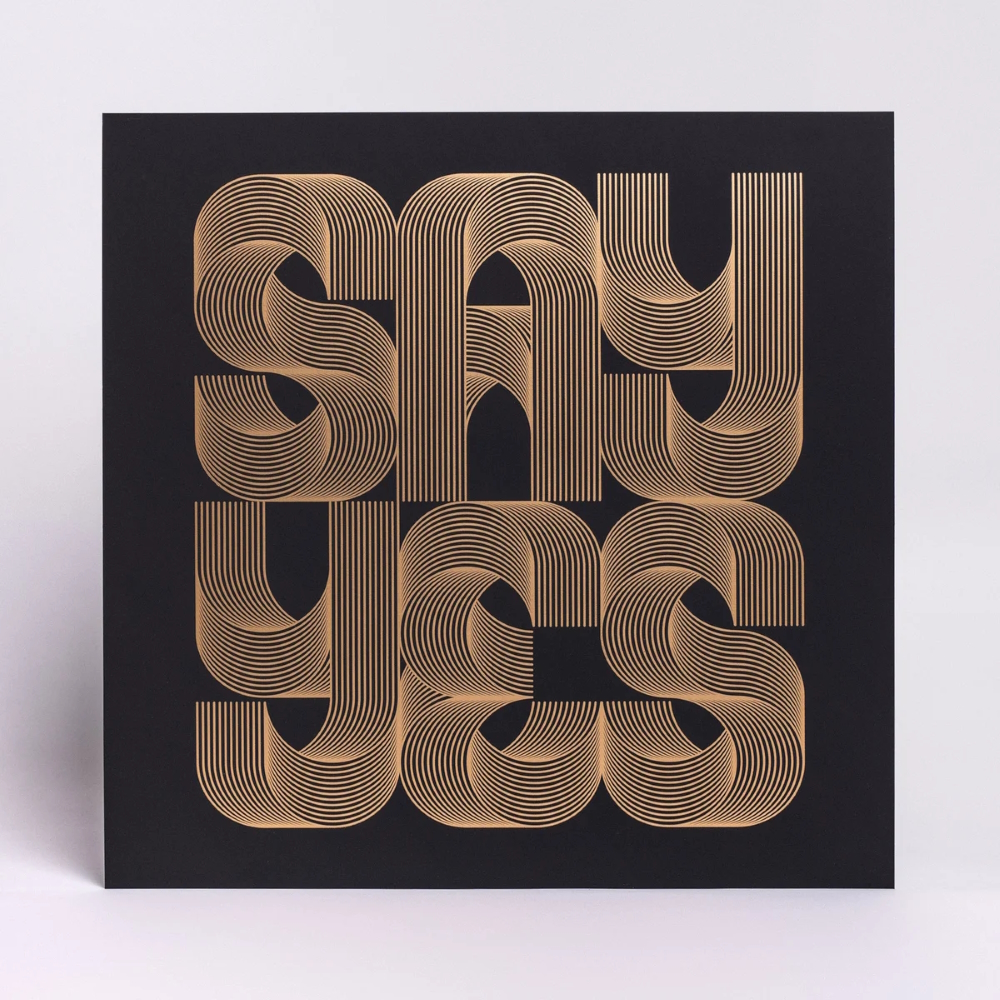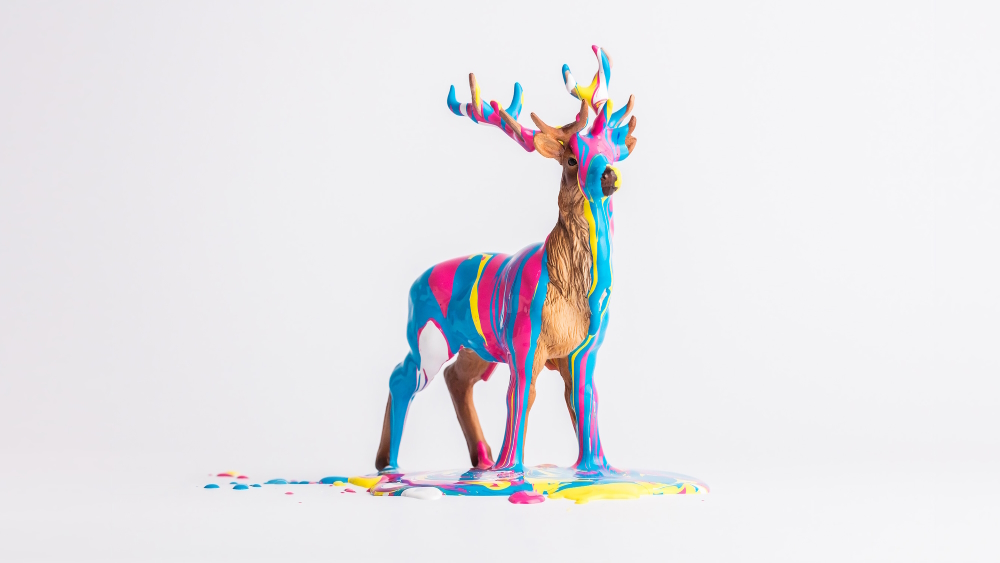David Mascha
sought-after Visual Artist & Type Designer
Austria
Adobe. Apple. AT&T. Ellesse. Gilette. Google. Hennessy. IBM (‚Power Your Planet/System X‘, 'zEnterprise System'). Philip Morris. Samsung ('Galaxy Watch'). Considering some of his clients chances are high one has come across the campaigns that he‘s worked for – whether they have been published in The New York Times, The Wall Street Journal or Forbes Magazine. Being commisioned regularly by legendary, multi-awarded advertising, marketing, and public relations agencies like Ogilvy New York, BBDO, Leo Burnett Company or Goodby, Silverstein & Partners is more than just an accolade for this Austrian freelancer and his visual style that blends vibrant colors, geometric shapes, typography, and complex abstract patterns.
David Mascha
sought-after Visual Artist & Type Designer
Austria

From spraying graffitis for fun as a youngster to working professionally in order of international companies as an adult: David Mascha has turned a hobby into a career. Nevertheless the artistic roots are still reflected in his creative output up until now – be it illustration, typography, photography, printmaking, animation, self-initiated (contemporary digital) art projects or the creation of NFTs, the fashionable unique digital identifiers.
It all began with his love for street art in the late 1990s. Pure admiration as a passive viewer soon turned into becoming an active sprayer in lost places. Dealing with colors and shapes, creating letterforms for combining all of it was so much fun that one decision in particular seemed obvious: to acquire the knowledge for a future life as a versatile artist. In 2002 David Mascha (* 1979 in Vienna) started studying multimedia design in his hometown. He graduated with good grades and applied to agencies in Austria’s capital. The small company that the man joined in late 2004 didn’t allow him the level of creative freedom that the newcomer had hoped for. The toad had to be swallowed for two and a half long years while earning money for the start of his own business as a freelancer. The times for him were so hard that two thoughts were at hand: either returning to his former employer or doing something completely different. Finally in 2010 his website went online. Especially via the presence on Behance, „a social media platform owned by Adobe whose main focus is to showcase and discover creative work“ (Wikipedia), people became aware of him. Within two months Ogilvy New York contacted the European about IBM’s ‚Power Your Planet/System X‘ campaign. Two of David Mascha’s illustrations were included on the company’s promotional video, one illustration made it to the The New York Times‘ backpage and one was published in The Wall Street Journal. Because of that a variety of US agencies noticed the exceptional talent. In 2011 one of them requested DM to create an illustration for Adobe Inc.. It is a dream come true for a visual artist to work for „the American multinational computer software company that has historically specialized in software for the creation and publication of a wide range of content, including graphics, photography, illustration, animation, multimedia/video, motion pictures, and print“ (Wikipedia).
Since then the self proclaimed „huge perfectionist“ has built up a large number of cross Atlantic cooperations. Maybe the variety of styles is key for his success. „I’ve always tried to experiment with as many styles as possible“, he’s quoted in an interview on blog.adobe.com. „I never wanted to settle on a single style and then go through life with tunnel vision. When working on commercial projects, I think I have a fairly ‘clean’ style. I primarily work with grey or white backgrounds and often use 3D illustrations to get a mix of different looks. Unlike many other artists, I create 3D works with Adobe Illustrator, use the blend tool to merge them and then use Photoshop to add the finishing touches. I think that’s what sets my style apart as it gives the artwork a unique aesthetic. Another part of my style is typography: I always come back to my beginnings, back to graffiti.“
David Mascha lives and works in Vienna (Austria).
Interview March 2023
Variety is key: experimenting instead of settling on a single style
INTUITION/IMAGINATION
How does intuition present itself to you – in form of a suspicious impression, a spontaneous visualisation or whatever - maybe in dreams?
I can't say exactly, it's probably very subtle. In the form of an idea when I see something, or maybe suddenly have an image in my mind of something I would like to create.
Will any ideas be written down immediately and archived?
Very rarely, mostly I just keep them in my mind. But it can happen that I put together a small mood board with screenshots.
?: How do you come up with good or extraordinary ideas?
Most of the time it is a long process of trial and error until something good comes out of it. Sometimes it can also be a sudden inspiration.
?: Do you feel that new creative ideas come as a whole or do you get like a little seed of inspiration that evolves into something else and has to be realized by endless trials and errors in form of constant developments up until the final result?
More likely trials and errors.
What if there is a deadline, but no intuition? Does the first fuel the latter maybe?
It can happen, but I prefer to have enough time to try out different ideas, stress is rather counterproductive, but of course it can sometimes be an advantage.
INSPIRATION
What inspires you and how do you stimulate this special form of imaginativeness?
Mainly art I would say, the work of other artists can be very inspiring. Shapes and colors of nature also influence me. But inspiration can also be very subliminal, often it's just a feeling for something that drives me.
?: How do you filter between ideas worthwhile pursuing and bad ones that you just let go of?
It's a matter of feeling, and trying around. Some ideas then develop further, sometimes it's good to get a little distance and then maybe work on it later with a new perspective.
Has it to appeal to you primarily or is its commercial potential an essential factor?
I definitely have to like it, otherwise it quickly becomes meaningless. After all, I identify with it in a way.
Do you revisit old ideas or check what colleagues/competitors are up to at times?
Yes, definitely.
CREATIVITY
Which time/place/environment suits your creative work process the best (tranquillity or pressure) and which path do you take from theory/idea to creation?
More of a relaxed one. The creative process takes time. Trying frantically to do something usually doesn't work. Time is definitely an important factor.
What is better in the realization process: speed and force creativity i.e. grasp the magic of the moment, or a slow, ripening process for implementation/elaboration?
When the so-called magic moment arrives, it doesn't really matter, because then everything usually runs by itself. Both variants have something for themselves. Sometimes it takes a little effort to keep working and then maybe something comes out that you didn't expect.
?: Do you have any specific strategies you use when you are feeling stuck creatively?
Not really. Distance can help. The work of others can also motivate or give new food for thought, but at the same time the abundance of impressions and influences can also be a bit overwhelming.
How important are self-doubt and criticism (by others) during such a process i.e. is it better to be creative on your own, only trust your own instincts, or in a team?
Criticism can be positive, it's always good to hear a different opinion. As an artist you always question yourself and your own work, it's an ongoing process and I would say further development. But I mostly work alone on my projects and follow my instincts.
Should a creative always remain true to him-/herself including taking risks & going against the flow or must one, for reasons of (commercial) survival, make concessions to the demands of the market, the wishes of clients and the audience’s expectations?
Definitely stay true to yourself. But of course it is interesting to see which works or styles are better received than others. At the end of the day, I would say that you should primarily do what you enjoy.
?: How is innovation still possible if one has established a distinctive style and, just in case, is it good to be ahead of one’s time even one hazards not being understood?
That is certainly difficult in the creative field. I'm always interested in trying new or different things, I've never been able to commit myself to just one particular style. I admire people who always do the same thing, but then at some point I think I would miss the challenge. Of course when you try something new you have in the back of your mind how it will be received, but instead of overthinking it helps to follow your instincts and just do what feels good at that moment.
When does the time come to end the creative process, to be content and set the final result free - or is it work-in-progress with an endless possibility of improvement?
I would say it's a matter of feeling.
?: In case of failure or - worse - a creativity crisis how do you get out of such a hole?
Distance and try doing other things. I often had phases with creative breaks, but mostly you find your way back by yourself.
SUCCESS
Should/can one resist the temptation to recycle a ‘formula’ one’s successful with?
Yes. Why not? As long as it's fun.
?: Is it desirable to create the ultimate/timeless work, but doesn’t “top of the ladder” bring up the question of “what’s next?” i.e. isn’t such a personal peak “the end”?
I wouldn't see it that drastically. It's probably always quite subjective in the eye of the beholder. You never know exactly what's coming next, so it's always good to try new things, you might be surprised and maybe something unexpectedly better will come out of it.
MY FAVORITE WORK:
Because I work in so many different styles and mediums, it's a bit difficult to choose the work that best represents me. Of my recent work, I probably like KNOT the most. I find the simplicity and the connection of the two elements to a whole exciting. This work is also part of the NFT collection „Geometric Gems“ which I've been working on for many months since 2022. I think I’ve made big progress creating this series, and at the same time it’s also been safe haven for me, where I could immerse myself in my work and forget everything around me. There was definitely something meditative about working on it which I really enjoyed.

